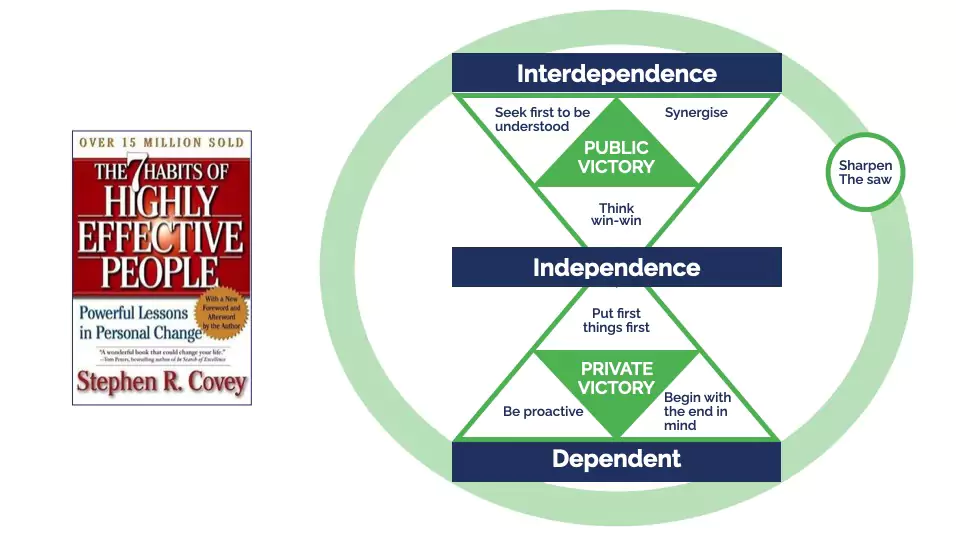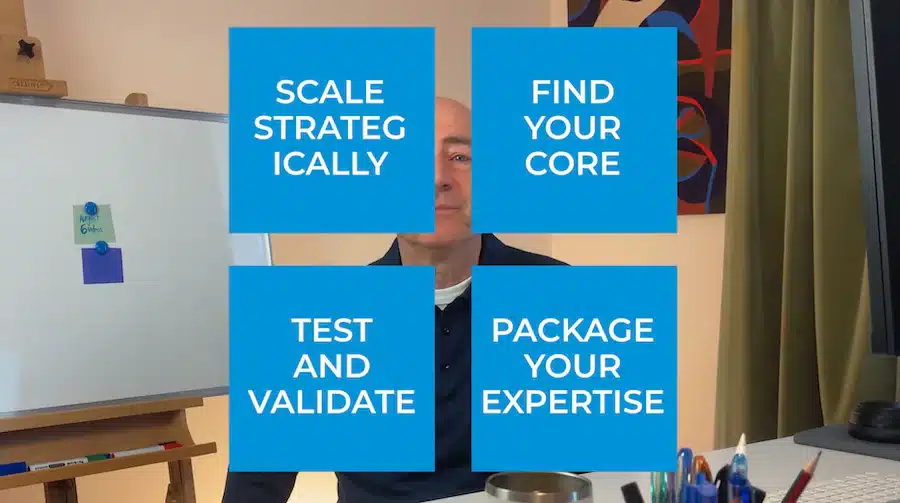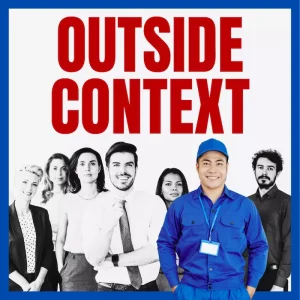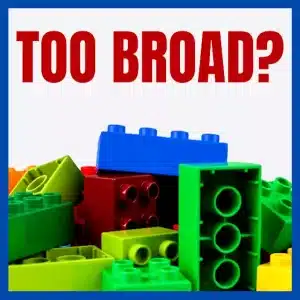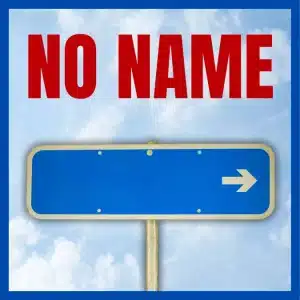What began as one man’s personal manifesto went on to sell 25 million copies and power a $287 million business.
Imagine turning your expertise into that kind of impact—and income.
Today, I’ll reveal how Stephen Covey turned his personal manifesto into a global empire—and how you can use the same strategy to monetize your expertise.
In this video, I’ll show you how Stephen Covey’s ‘Seven Habits’ didn’t just become a best-selling book— it became the engine behind Franklin Covey’s $287 million global success.
Stick around and I’ll walk you through:
- Covey’s case study,
- And a simple, repeatable framework you can use to do the same for yourself.
Case Study: Stephen Covey and the Seven Habits
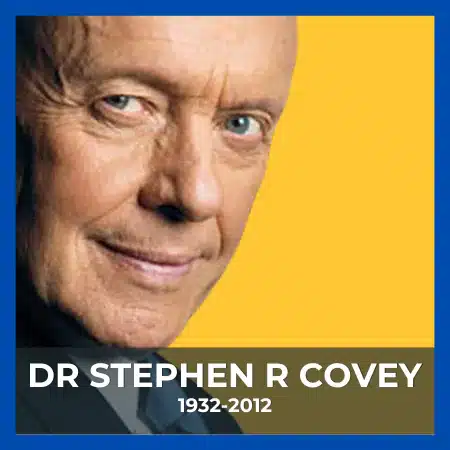
But more than just a scholar, Covey was a deeply principled thinker—obsessed with how people could lead meaningful, effective lives, both personally and professionally.
He spent years consulting with organizations, studying leadership, and teaching personal development. His early work wasn’t flashy—it was slow, thoughtful, and values-driven. He believed that leadership wasn’t about charisma or quick hacks—it was about character, principles, and habits.
Writing a Best-Selling Book
And in 1989, he published the culmination of all that work: “The 7 Habits of Highly Effective People.”
It wasn’t just another self-help book.
It was a manifesto—a clear, powerful philosophy of how to live and lead, grounded in timeless principles. And it was based on his deep spiritual conviction as a lifelong member of the Church of Jesus Christ of Latter-Day Saints.
Many of the principles he taught—like personal responsibility, integrity, and service—reflect the moral and spiritual values of his faith.
But what made The 7 Habits so impactful is that he framed these ideas in universal, non-religious terms that anyone could apply, especially in a business setting.
The structure was bold:
- Start from within—develop independence and self-mastery.
- Then move to interdependence—build relationships based on trust and collaboration.
- And finally, focus on continuous renewal.
The result?
- Over 25 million copies sold, translated into 40+ languages. Source: Wikipedia
- And it’s still estimated to be selling 10,000+ copies every week, more than three decades later.
- “While enjoying the Christmas holiday with his family, Stephen received an unexpected call. After a few moments on the phone, Stephen turned sheet white, stood up, and said, “Mr. President, I appreciate talking to you.” “I just read 7 Habits twice,” President Clinton relayed. “I want to integrate this into my presidency.” Source: Marriott
Creating a Global Business
But Covey didn’t stop at the book.
He turned that manifesto into a business.
In 1997, his company, the Covey Leadership Centre, merged with Franklin Quest to form Franklin Covey, a leadership development powerhouse. Today, Franklin Covey generates $287 million annually, with over $220 million from subscriptions alone. Source: Wikipedia
The Manifesto to Money Strategy
Let’s break down his strategy:
- Expertise to Manifesto: He distilled decades of teaching and consulting into a 7-part framework.
- Manifesto to Authority: The book established him globally as the go-to expert on leadership.
- Authority to Monetization: He was invited to speak, consult, and train leaders worldwide.
- Monetization to Scale: He built a scalable business model—recurring subscriptions, enterprise clients, global workshops.
Covey turned his personal philosophy into a global movement—and a thriving, values-based company.
Why Manifestos Monetize
So, why do manifestos work so well?
- Positioning: They instantly elevate you as a thought leader.
- Packaging: You’re no longer offering generic advice—you’re offering a signature framework.
- Pricing: You can charge more because no one else is saying it quite like you.
- Trust: Your manifesto reflects who you are—that’s what connects with people.
- Scale: You can repurpose it in many ways —from blog to book, keynote to course.
Your Monetization Pathway
Now let’s bring it back to you.
If you’re a seasoned executive or expert, chances are you’re already sitting on a goldmine of frameworks, tools, and methods.
The problem? It’s trapped in your head or scattered in slide decks.
A manifesto turns all that into a marketable asset.
And today, you don’t need a publishing deal to go global.
You just need structure, clarity, and a strategy.
Here’s how the monetization path usually unfolds:
- 1: Foundation – Start with free content, keynote talks, and 1:1 consulting.
- 2: Growth – Build online courses, group programs, and workshops.
- 3: Scale – License your IP, create certifications, and sell into enterprise.
Your Monetize Your Knowledge Action Plan
Here’s how to start building your manifesto:
1. Find Your Core
- What do you believe that others don’t?
- What’s your unique methodology?
- Which problem do you solve better than anyone?
2. Package Your Expertise
- Write down your frameworks.
- Gather proof: client stories, testimonials.
- Create a simple “signature system.”
3. Test & Validate
- Share it as blog posts, videos, or keynotes.
- Watch what resonates.
- Tweak the message based on feedback.
4. Scale Strategically
- Move beyond trading time for money.
- Build repeatable offers.
- Expand with partners or licensing.
More on How to Monetize Your Expertise
To learn more about how to monetize your expertise, read these posts next:

